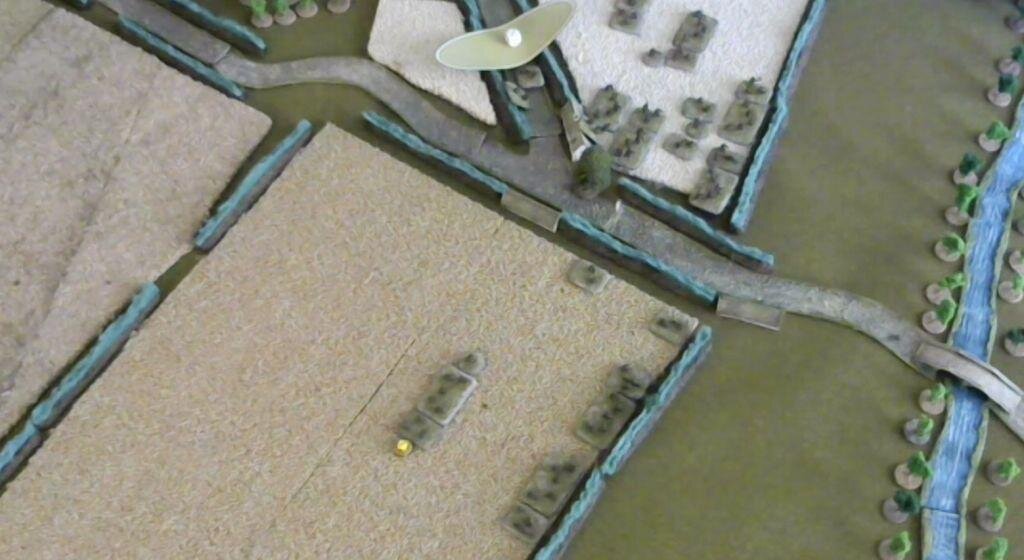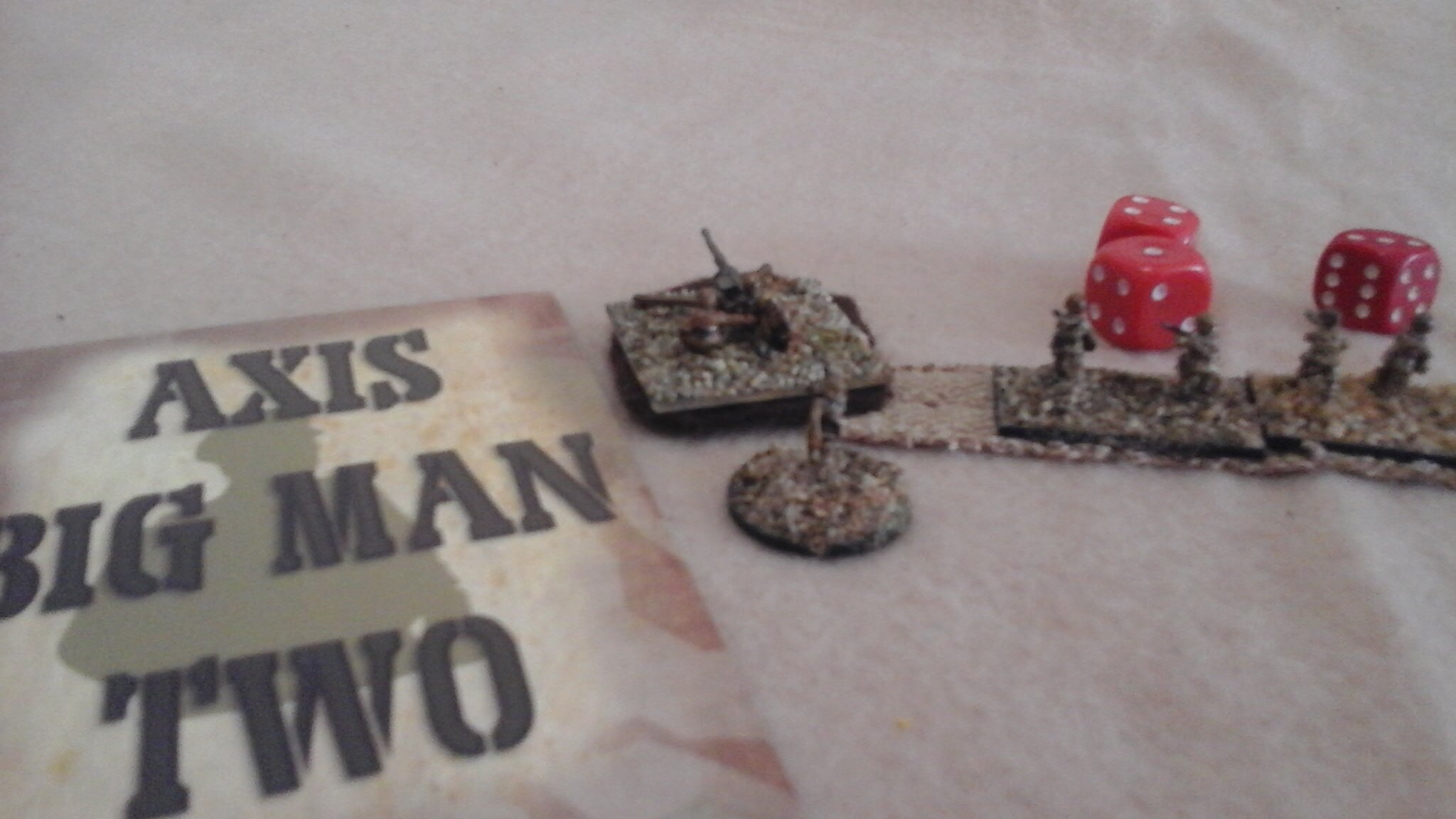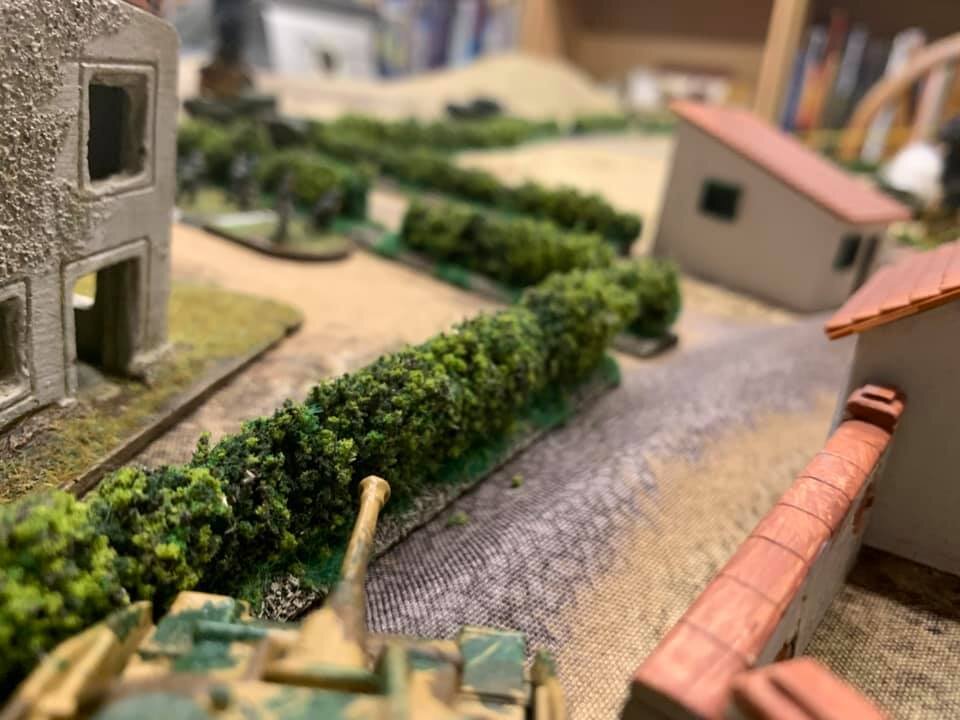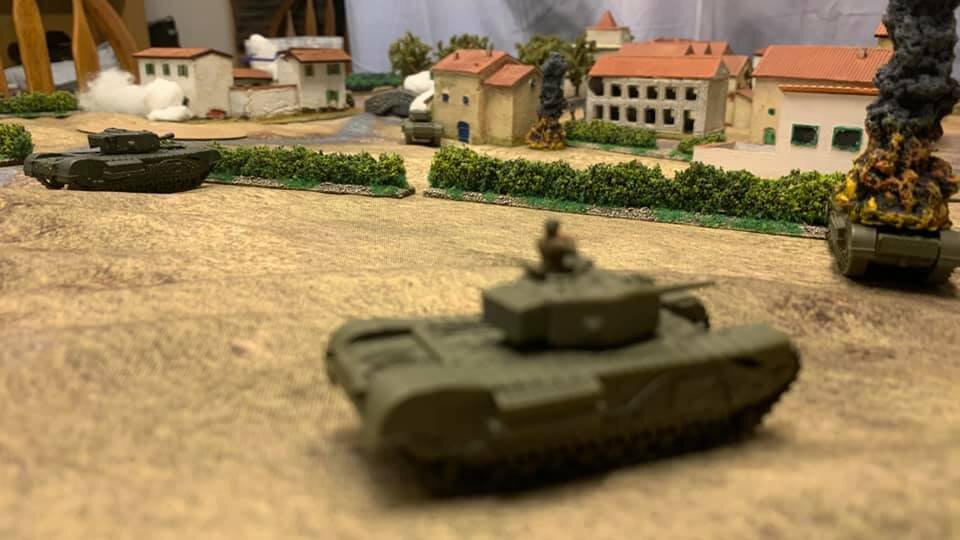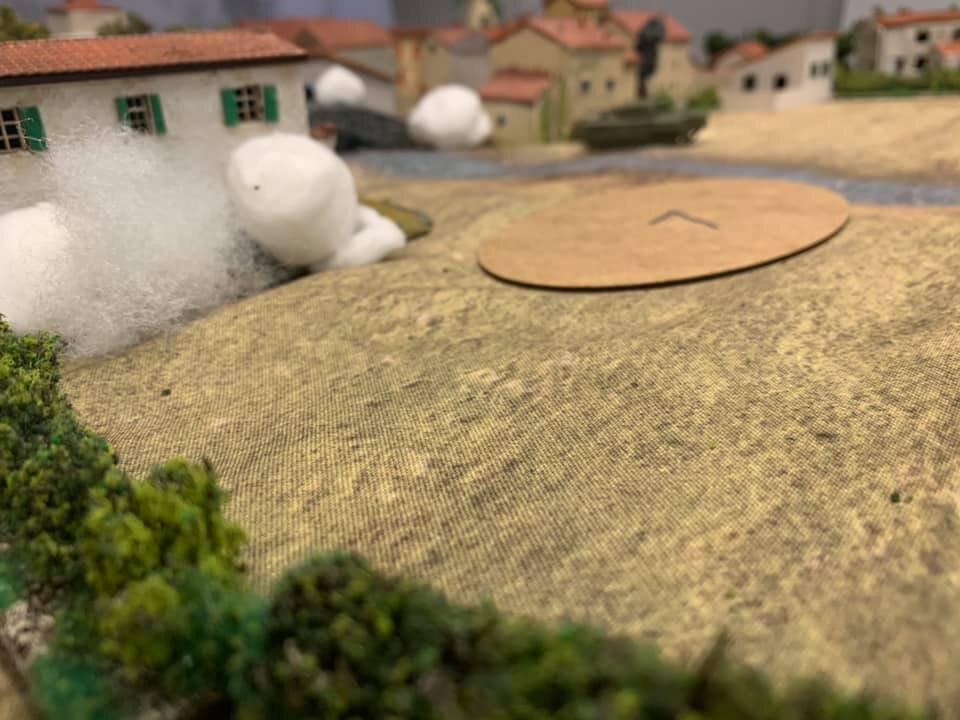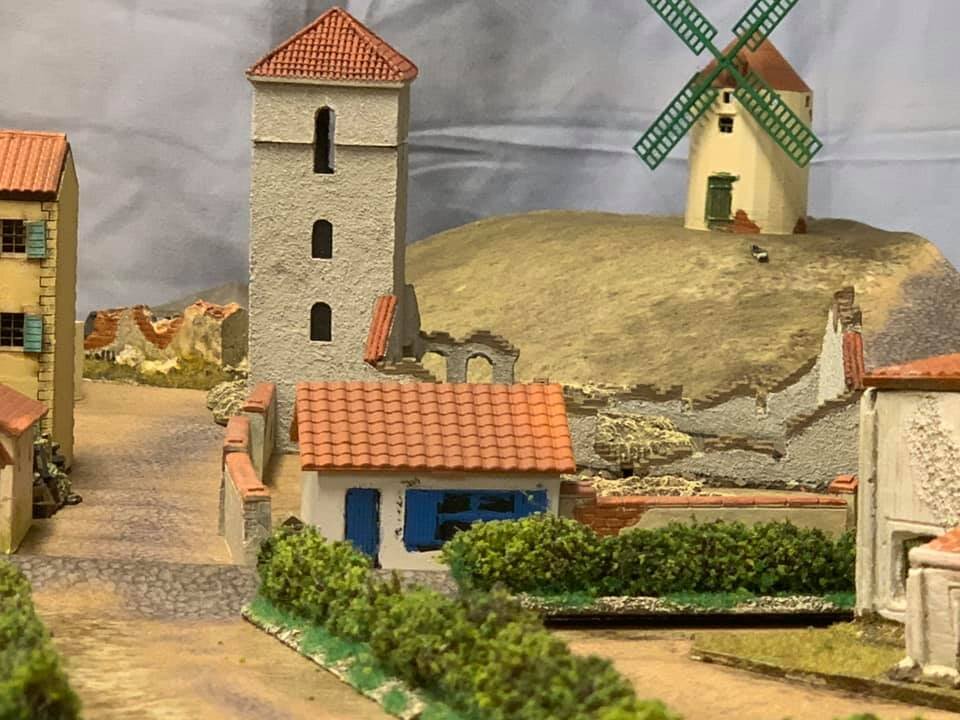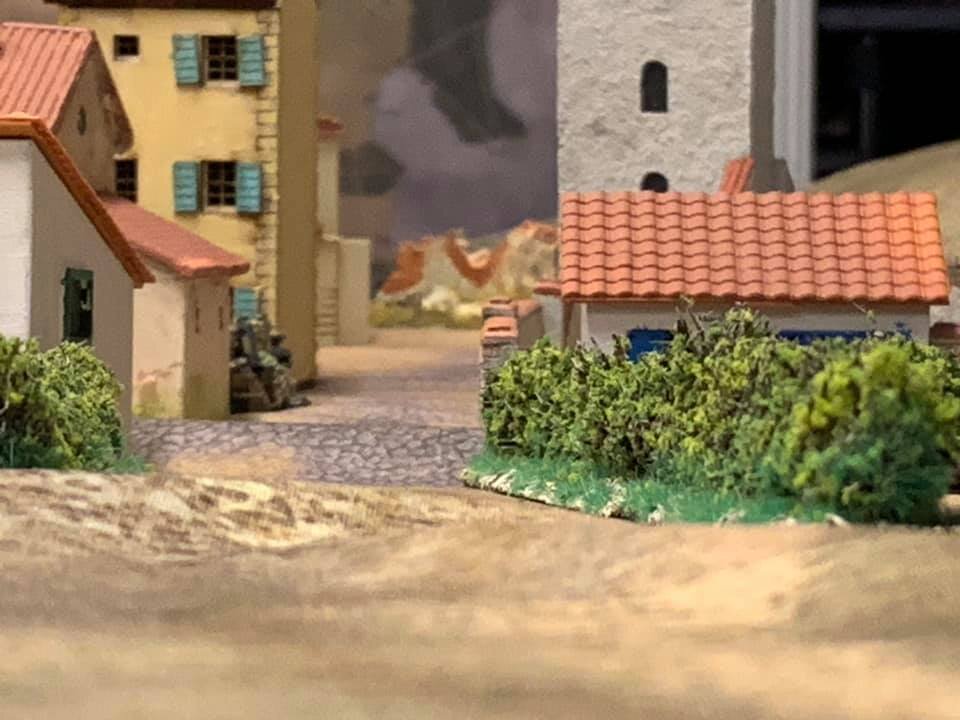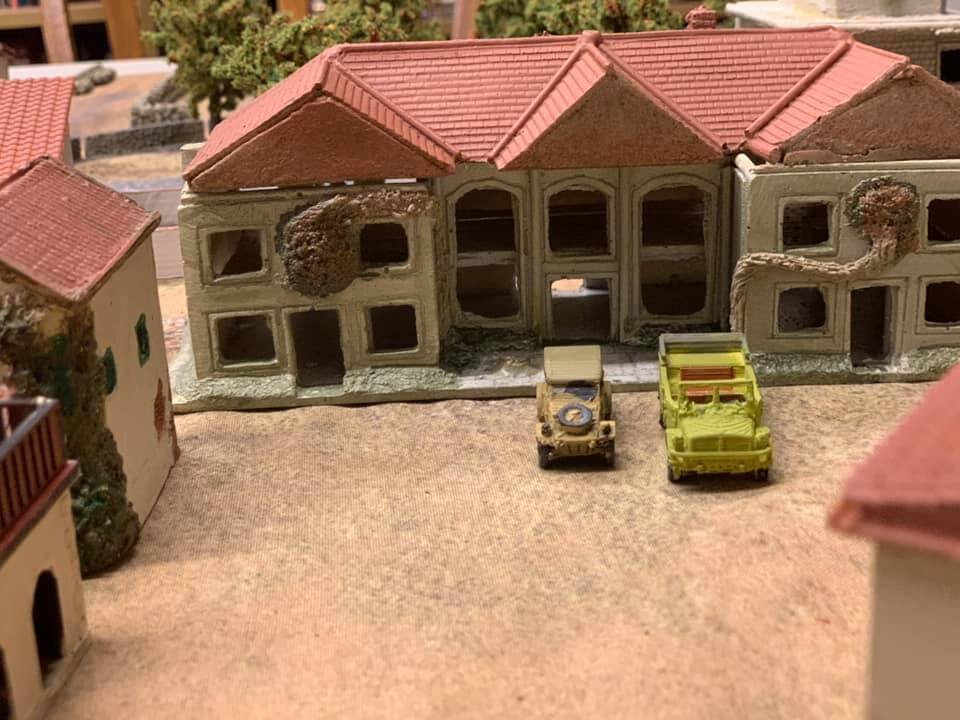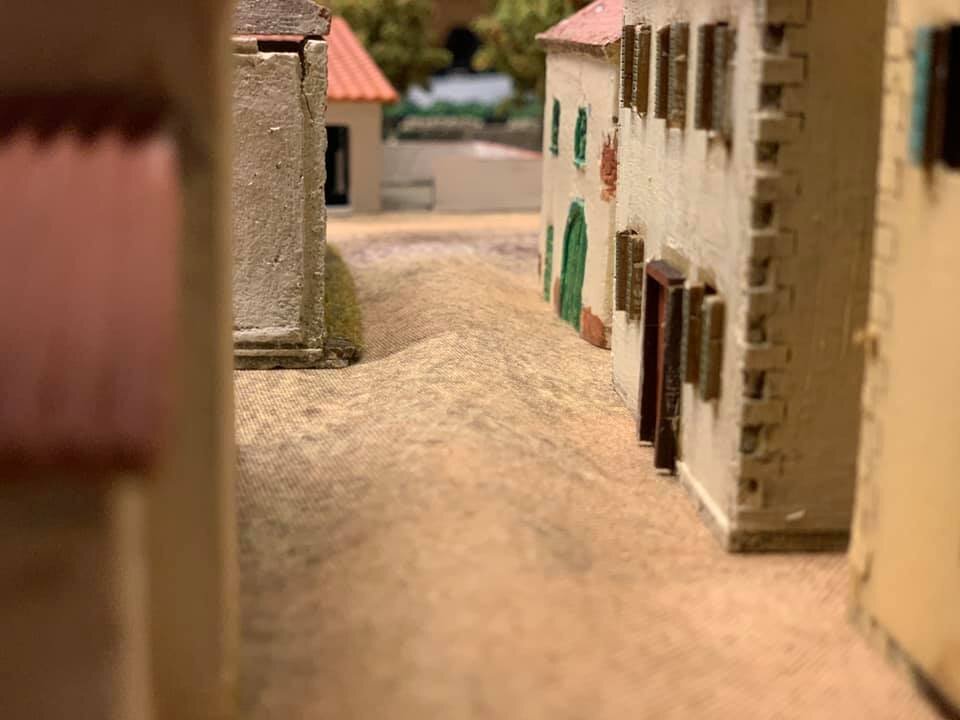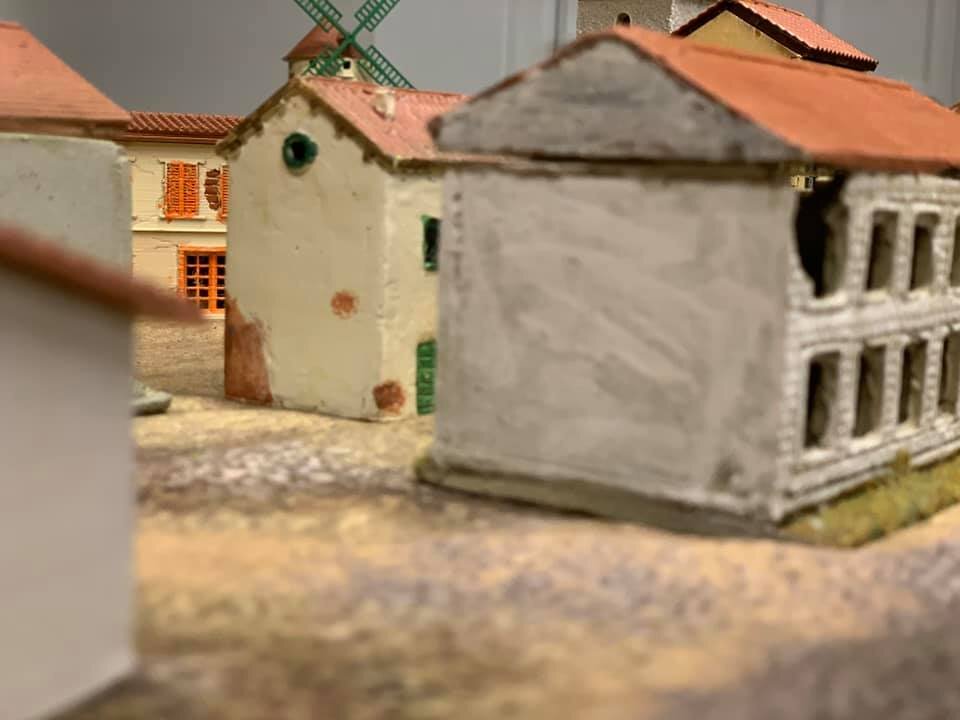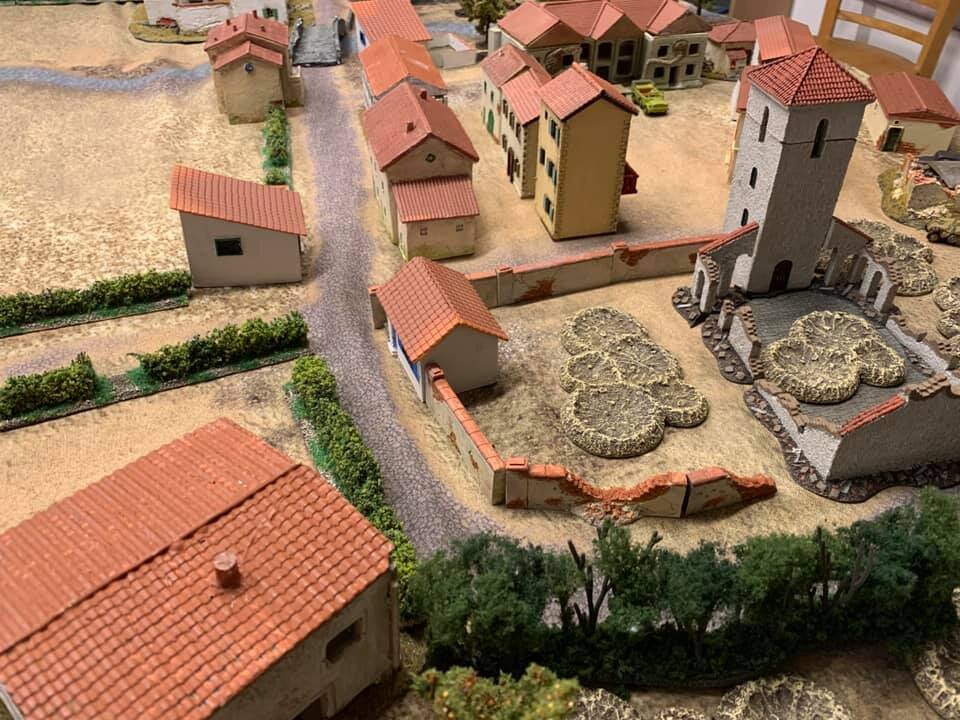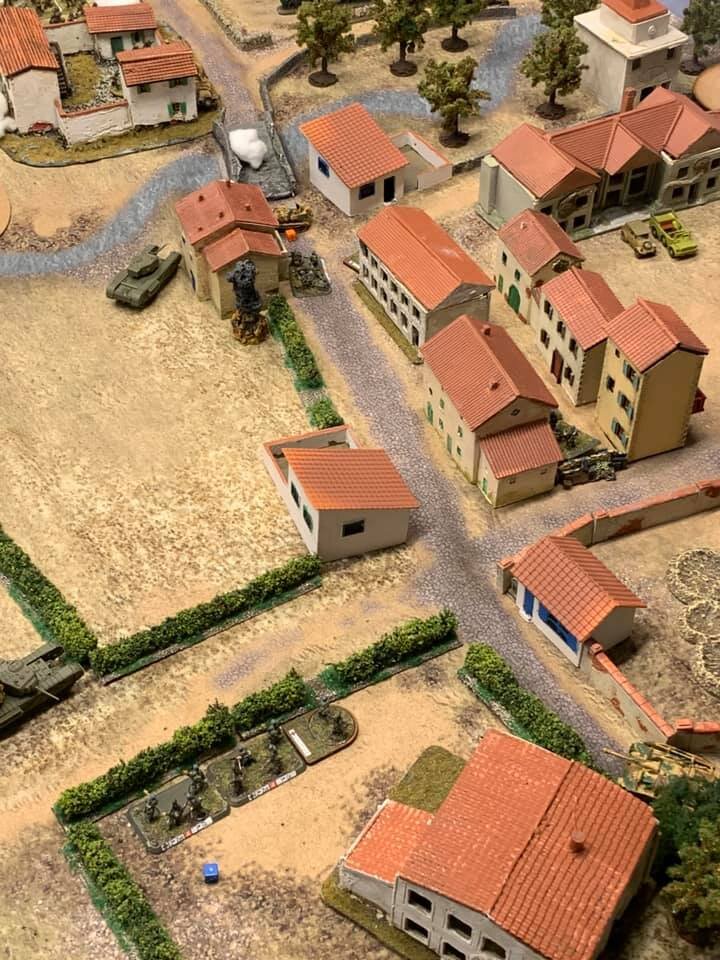The Wojtek Memorial, Edinburgh
/I was wandering around Princes Street Gardens, under the shadow of Edinburgh Castle, the other day when I came across a memorial that I hadn’t previously been aware of: the Wojtek the Soldier Bear memorial.
From Wikipedia:
In the spring of 1942 the newly formed Anders' Army left the Soviet Union for Iran, accompanied by thousands of Polish civilians who had been deported to the Soviet Union following the 1939 Soviet invasion of eastern Poland.
At a railroad station in Hamadan, Iran, on 8 April 1942, Polish soldiers encountered a young Iranian boy who had found a bear cub whose mother had been shot by hunters. One of the civilian refugees in their midst, eighteen-year-old Irena (Inka) Bokiewicz, the great-niece of General Bolesław Wieniawa-Długoszowski, was very taken with the cub. She prompted Lieutenant Anatol Tarnowiecki to buy the young bear, which spent the next three months in a Polish refugee camp established near Tehran, principally under Irena's care.
In August, the bear was donated to the 2nd Transport Company, which later became the 22nd Artillery Supply Company, and he was named Wojtek by the soldiers. The name Wojtek is the nickname, diminutive form, or hypocorism of "Wojciech" (Happy Warrior), an old Slavic name still common in Poland.
Wojtek initially had problems swallowing and was fed condensed milk from an old vodka bottle. He was subsequently given fruit, marmalade, honey, and syrup, and was often rewarded with beer, which became his favourite drink. He later also enjoyed smoking (or eating) cigarettes, as well as drinking coffee in the mornings. He also would sleep with the other soldiers if they were ever cold in the night.
He enjoyed wrestling with the soldiers and was taught to salute when greeted. He became an attraction for soldiers and civilians alike, and soon became an unofficial mascot to all the units stationed nearby. With the 22nd Company, he moved to Iraq, and then through Syria, Palestine, and Egypt.
Wojtek copied the other soldiers, drinking beer, smoking and even marching alongside them on his hind legs because he saw them do so. Wojtek had his own caregiver, assigned to look after him. The cub grew up while on campaign, and by the time of the Battle of Monte Cassino he weighed 200 pounds (14 st; 91 kg).
From Egypt, the Polish II Corps was reassigned to fight alongside the British Eighth Army in the Italian campaign. Regulations for the British transport ship, which was to carry them to Italy, forbade mascot and pet animals. To get around this restriction, Wojtek was officially drafted into the Polish Army as a private and listed among the soldiers of the 22nd Artillery Supply Company. Henryk Zacharewicz and Dymitr Szawlugo were assigned as his caretakers.
As an enlisted soldier with his own paybook, rank, and serial number, he lived with the other men in tents or in a special wooden crate, which was transported by truck. During the Battle of Monte Cassino, Wojtek helped his unit to convey ammunition by carrying 100-pound (45 kg) crates of 25-pound artillery shells, never dropping any of them.
From my 1939 September War Polish army: presumably a Wojtek predecessor!
While this story generated controversy over its accuracy, at least one account exists of a British soldier recalling seeing a bear carrying crates of ammo. The bear mimicked the soldiers: when he saw the men lifting crates, he copied them. Wojtek carried boxes that normally required 4 men, which he would stack onto a truck or other ammunition boxes. This service at Monte Cassino earned him promotion to the rank of corporal. In recognition of Wojtek's popularity, a depiction of a bear carrying an artillery shell was adopted as the official emblem of the 22nd Company.
Post War
After the end of World War II in 1945, Wojtek was transported to Berwickshire, Scotland, with the rest of the 22nd Company. They were stationed at Winfield Airfield on Sunwick Farm, near the village of Hutton, Scottish Borders. Wojtek soon became popular among local civilians and the press, and the Polish-Scottish Association made him an honorary member.
Following demobilisation on 15 November 1947, Wojtek was given to Edinburgh Zoo, where he spent the rest of his life, often visited by journalists and former Polish soldiers, some of whom tossed cigarettes for him to eat, as he did during his time in the army. Media attention contributed to Wojtek's popularity. He was a frequent guest on BBC television's Blue Peter programme for children.[
Wojtek died in December 1963, at the age of 21, weighing nearly 500 kilograms (1,100 lb), and was over 1.8 metres (5.9 ft) tall.
The Wojtek Memorial
The statue was commissioned by the Wojtek Memorial Trust: a Scottish Charity established in 2009 to celebrate the life of Wojtek, "the Soldier Bear", the lives of those who knew him, and their stories during and after the Second World War. The Trust also aims to promote wider understanding of the many historic and current links between the peoples of Poland and Scotland.
The memorial is a life and a quarter bronze statue of a Polish soldier with Wojtek, and a 4m low relief pictorial panel set on a granite platform. It was sculpted by Alan Beattie Herriot and the cast in Edinburgh by Powderhall Bronze. Its setting was designed by Raymond Muszynski of Morris & Steedman Associates.
AAR: Virtual Lard V
/One of the few good things to come out of lockdown has been how people have found ways of gaming remotely.
The Virtual Lard Games Days are an excellent example of this. Using the Lardy Discord server to co-ordinate, vast numbers of games run simultaneously all around the world, with a virtual pub also available for those all-important post-game discussions. The Virtual Lards are, in effect, online conventions.
Virtual Lard V took place last weekend, and I was lucky enough to get a place on two games: one in the morning and one in the afternoon (this isn’t guaranteed: the sessions are often over-subscribed).
Sharpe Practice in the AM
The morning’s session was a terrific game of Sharp Practice Napoleonics with Col Murray running a session that involved the French (commanded by the two Bobs: Lucky Bob C and myself) attempting to stop some Austrians (commanded by Andrew and Grizzlymc) making away with some items that had best remain nameless.
I won’t detail the step-by-step action, but suffice to say that my masterful mismanagement of the French Grenadiers kept a large proportion of the Austrians so busy shooting them to bits that the rest of our force (Bob’s Line and my Skirmishers) were able to drive the rest of the enemy off the table, so reducing their Force Morale to zero and giving us the game.
It was very exciting. At one stage it looked like being a certain Austrian victory as their Dragoons headed off-table with “the items”…but their movement rolls were poor, giving Bob and I (well, mainly Bob) time to hammer the Hungarians with musket fire again and again until they broke and fled. The last turn could have gone either way, but the draw of the cards, for once, favoured the French, and victory was ours.
Here are some pictures:
As an afterthought, one of the amusing things about Virtual Lard is the way that it brings people from different time zones together. Grizzlymc was actually in Sydney, Australia, and sipping whisky at what, for us, was early morning!
IABSM in PM
My afternoon game was I Ain’t Been Shot, Mum!, with Jim Catchpole running a scenario set in France in 1944. Dan Albrecht and I were commanding a company of British infantry moving forward to clear a village that may or may not have been in German hands. A pleasant chap called Michael was playing the Germans: he hadn’t played IABSM before.
All went well for the British until we hit a major chokepoint: a bridge that proved to be the single crossing point over a fast-flowing river right outside the village in question.
We began by doing everything right: probing over the bridge with out recon carriers, laying down smoke to cover a German MMG, but then the cards turned against us and the German artillery came hammering down.
An abortive attempt to break out of our “beachhead” by the carriers failed dismally (my fault entirely, Dan!) and then we just couldn’t get out of the artillery kill zone. If we moved forward, the waiting Germans shot us; if we stayed where we were we got hit by shells from above.
We lasted a couple of turns then ordered a retreat!
It was a difficult scenario, but we could have done a whole lot better. Which was a pity, as our leapfrogging advance to the bridge was a speedy thing of beauty! What we should then have done was to take the time to spot properly, lay down smoke properly etc but the arrival of the German artillery mucked up our plans.
Well played Michael, well umpired Jim, and I think Dan and I both agreed that our solution was to pull back and call in the artillery. Or, to put it another way: I say we take off and nuke the entire site from orbit...it's the only way to be sure!
Here a few shots of the game right up to the point where the German artillery arrived:
Afterword
All in all, another great Virtual Lard. My thanks to the organisers and game-runners, and can’t wait until the next one.
IABSM AAR: Les Attaques
/Another absolutely beautiful battle report, this time featuring a game of I Ain’t Been Shot Mum played using the first scenario from the Defence of Calais scenario pack.
The report was originally posted on the IABSM FB group, which you can access by clicking here.
It’s May 1940, and with British troops being evacuated from the beaches at Dunkirk, the ancient port of Calais stood on the critical western flank of the Anglo-French lines.
In a desperate bid to shore up the flank Churchill committed the British 30th Infantry Brigade to defend Calais to the last. What ensued was an heroic struggle that is writ large in the annals of British military history.
This first scenario features men from the Searchlight Battalion, supported by anti-tank guns, trying to hold off the leading elements of the German advance. Click on the picture below to see all:
IABSM AAR: Le Bleu Ferme
/Absolutely brilliant After Action Report from Des Darkin, taken from the IABSM Facebook Group, featuring action in France in June 1944 as a British attack tries to push some Germans back. The game was played using the IABCYM dice-driven variant of I Ain’t Been Shot, Mum.
Played and reported in four sessions, this AAR combines Des’ various FB posts into one document with loads of great pictures: recommended reading.
Click on the picture below to see all:
SdKfz 7 Half-Tracks
/Finally managed to get some units off the painting table and into the finished pile!
Here are four SdKfz 7 half-tracks from Battlefront:
These are intended as tows for my early war German artillery: I painted up four 10.5cm le FH18 howitzers last year that are in need of transport.
Those of you who know these sorts of things will know that that sort of howitzer was actually pulled by the smaller SdKfz 6 half-track but, as far as I know, Battlefront don’t do those, and I got these in one of their 40% off sales…which shows how long they’ve been waiting for a coat of paint!
What’s the difference between the two, you ask?
Well, the SdKfz 7 is bigger: 50cms longer, 15cms wider and 14cms taller, and weighs a third more. There were also a lot more of them: about 12,000 built versus about 3,500.
Hopefully no-one will notice when they’re on the tabletop!
IABSM AAR: IABSM via Zoom!
/With no sign of any real-life games on the horizon, I decided to bite the bullet and ask to join a virtual game of I Ain’t Been Shot Mum run by my friend Bevan.
My previous reluctance to try anything virtual was mainly down to the fact that I spend a lot of the day working via Zoom now, and although it is truly a marvelous communication tool, it’s also quite draining to use. Nevertheless, with the Beardless King (daughter #2) busy with schoolwork and Kavan (daughter #1’s boyfriend) back at Uni, it was Zoom or nowt!
The scenario was a simple one set in France 1940. I would play the Germans, and would start the game in situ defending a bridge against an anticipated attack by a French armoured column. At my disposal I had three Big Men, a platoon of infantry, a platoon of anti-tank guns, and a support platoon consisting of a couple of MMG teams.
Click on the picture below to see what happened:
IABSM AAR: Barbarossa 1941 Solo
/Here’s another excellent I Ain’t Been Shot Mum AAR and video AAR from Alex Sotheran, this time set in 1941 as Operation Barbarossa gets under way. The game is taken from Alex’s very readable Storm of Steel blog.
Unusually, it’s not the Germans that are facing off against the Soviets, but the Roumanians: some nice-looking infantry supported by R-2 tanks.
Click on the picture below to see all:
IABSM AAR: Kursk 1943 Solo
/Here’s a great After Action Report from Alex Sotheran, taken from the IABSM Facebook Group and Alex’s equally excellent Storm of Steel blog.
It’s Kursk 1943, and Alex plays through a solo game with the Germans attacking a Soviet-held village. There are plenty of “big cats” out to play, and there’s even a link to the YouTube video of the game.
Click on the picture below to see all. Highly recommended.
IABSM AAR: Poland 1944
/Over the last couple of weeks, Des Darkin has been playing out an excellent looking game of I Ain’t Been Shot Mum on the IABSM Facebook Group.
I say IABSM, but Des has actually been playing using his variant I Ain’t Been CoC’d Mum Yet, which uses dice rather than card activation. That variant is available in the Lard 2019 Magazine.
Click on the picture below to a full AAR, combining the four posts that Des made as he played through the game…
IABSM AAR: Operation Compass #13: Bardia III
/Here’s another I Ain’t Been Shot Mum battle report from the A Wargamer in Cyprus blog. It’s another adaptation of one of the scenarios from the Operation Compass scenario pack: a third scenario from the Australian assault on the Italian fortress of Bardia.
16th Australian Infantry Brigade are within the Italian perimeter and have made some progress against a fairly irresolute defence. The Aussies have followed a wadi and discovered a second line of Italian defences ready for them. Click on the picture below to see what happens next:
IABSM AAR: Anzio 'Wildcat to Whale' #02: Carroceto
/Here’s a great I Ain’t Been Shot, Mum AAR from Tim Whitworth and his friends at The War Room featuring the second scenario from the Anzio ‘Wildcat to Whale’ scenario pack.
At dawn on 25th January 1944, the Guards Brigade, headed by Number 1 Company of the Grenadiers and with Shermans from one squadron of 46th Royal Tank Regiment (crewed mainly by Welshmen from Liverpool) in support headed back towards Aprilia. Using the embankment of the disused railway line (the “Bowling Alley”) as their start point, they first had to take Carroceto.
Click on the picture below to see how they did…
IABSM AAR: Operation Goodwood Day 2
/Here’s a great little battle report from Julian Whippy and friends, taken from the IABSM Facebook Group, featuring a game they managed to put on despite the current COVID restrictions.
Click on the picture below to see all:
IABSM AAR: Operation Compass: Bardia/One
/Here’s another After Action Report from the A Wargamer in Cyprus blog. It’s a Western Desert scenario taken from the Operation Compass scenario pack and is actually the second time that AWIC has played through the game.
Click on the picture below to see all:
Pictures from Virtual Lard 3
/What with COVID-19 putting paid to wargaming shows across the country, it’s good to see some remote events still taking place. One such that happened last weekend was Virtual Lard 3, and one game run there was an I Ain’t Been Shot, Mum scenario by Mike Whitaker.
The game was set in the Italian theatre. Here are some photos:
IABSM AAR: The Dunes West of Buc Buc
/Here’s another After Action Report from the A Wargamer in Cyprus blog. It’s a Western Desert scenario, but not one taken from the Operation Compass scenario book..
Click on the picture below to see all:



















